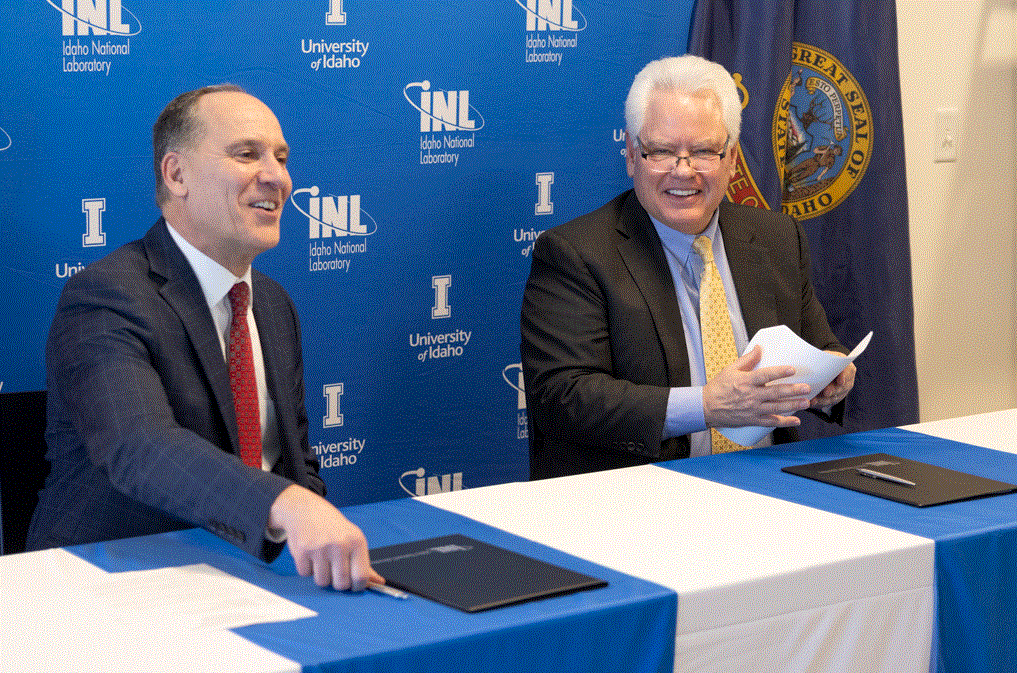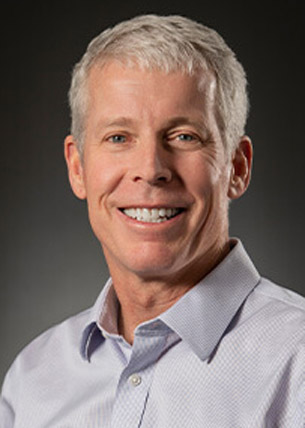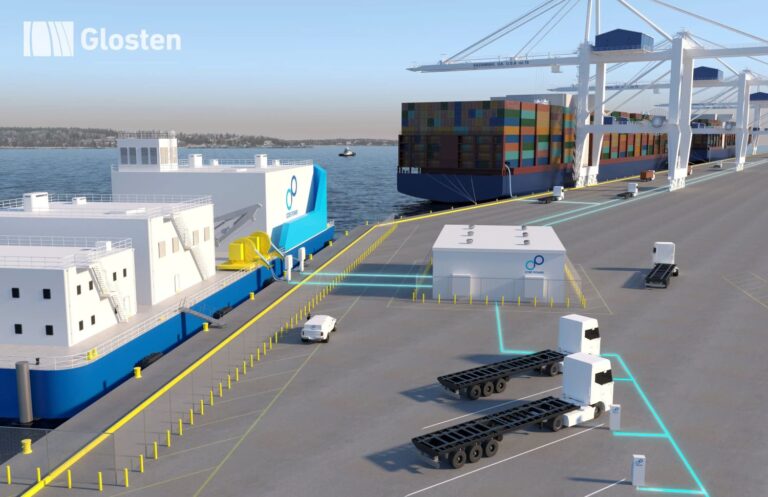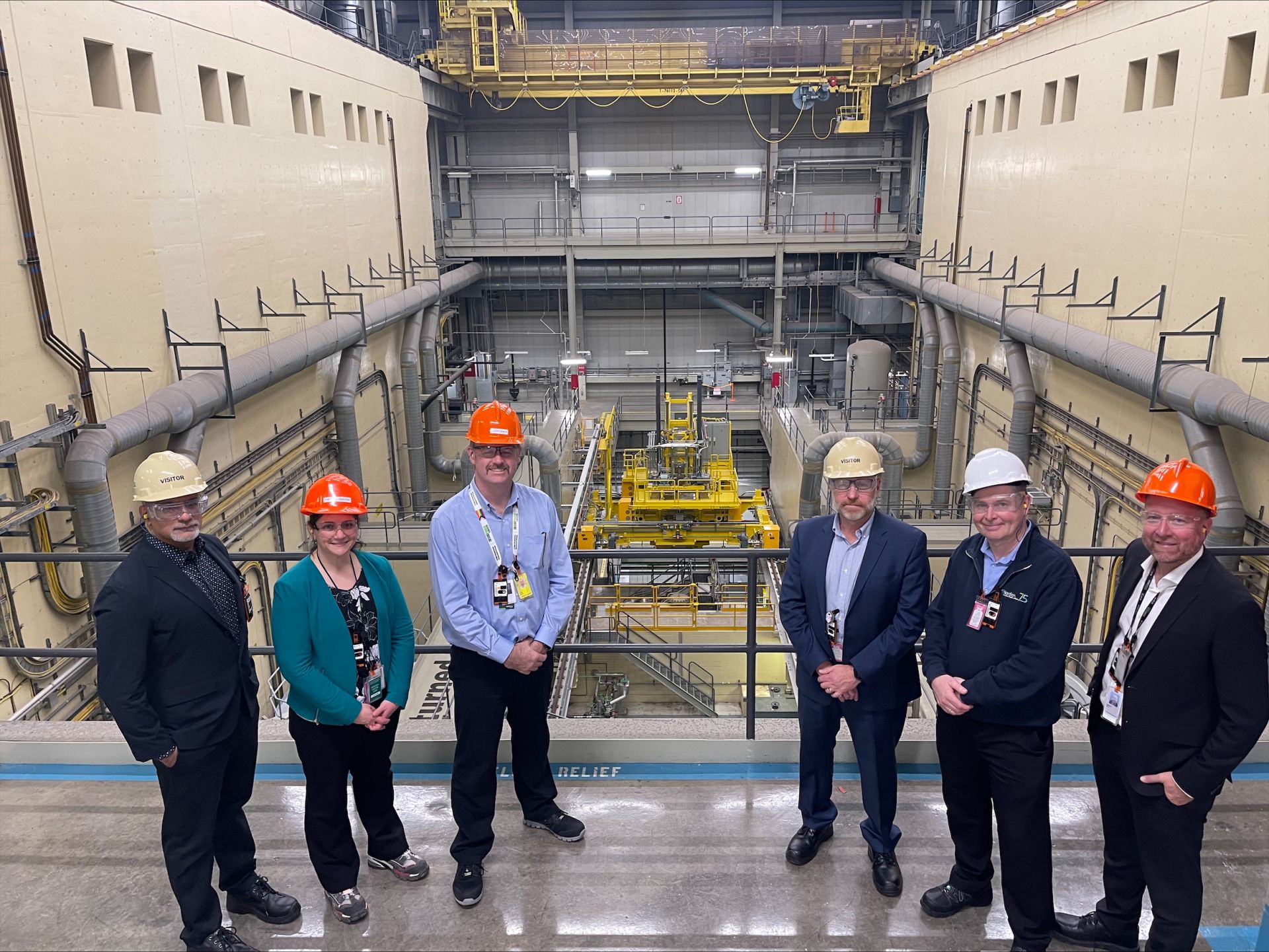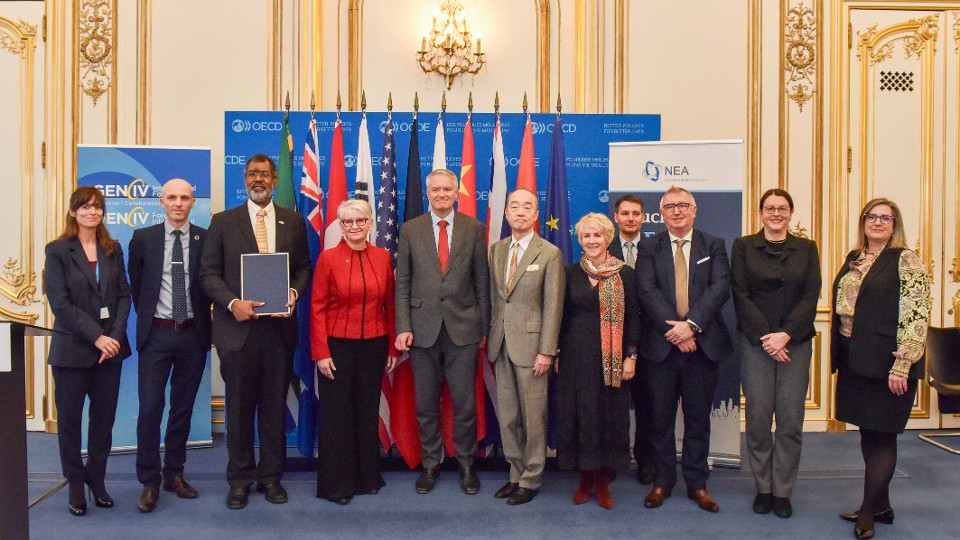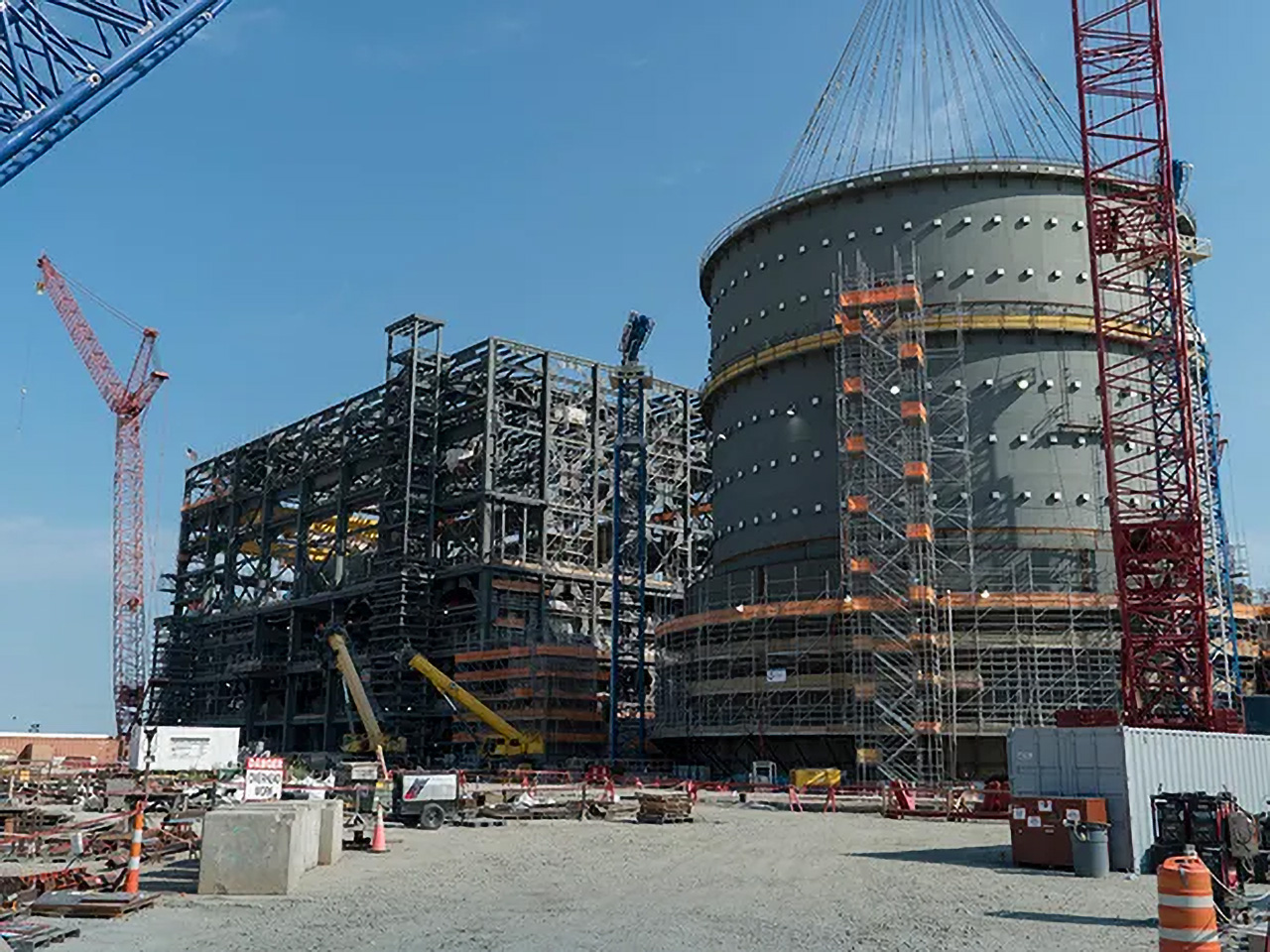Concept art of NANO Nuclear’s ALIP MR-12 internal structure (skeleton). (Image: Nano Nuclear)
To better educate customers and stakeholders on its technology, NANO Nuclear Energy has opened a new demonstration facility in Westchester County, N.Y., that offers an up-close look at nonnuclear parts and components of the four microreactors the company has in development.
El Salvador foreign minister Alexandra Hill Tinoco and U.S. secretary of state Marco Rubio signed a nuclear energy MOU. (Photo: X)
Officials from the United States and the Republic of El Salvador signed a memorandum of understanding Monday, agreeing to cooperate on strategic civil nuclear development.
In one of his first acts in office, U.S. secretary of state Marco Rubio signed the MOU with El Salvadoran foreign minister Alexandra Hill Tinoco during his recent visit.
INL director John Wagner and University of Idaho president C. Scott Green at the SUPER agreement signing. (Photo: INL)
New Strategic Understanding for Premier Education and Research (SUPER) agreements signed by Idaho National Laboratory, Boise State University, and University of Idaho will foster collaboration among the institutions in advanced energy and cybersecurity projects. The five-year agreements are designed to open doors for research and development opportunities, while advancing existing research and development initiatives, including projects in nuclear energy and high-performance computing.
Concept art showing a FNPP design. (Image: Glosten)
A team of innovative companies has plans to bring floating nuclear power plants to U.S. ports.
Core Power, a maritime and nuclear technology company, announced in January a new partnership in with naval architecture company Glosten. The pair is working on a design for a floating nuclear power plant (FNPP) that could generate up to 175 gigawatt-hours of clean electricity annually and provide clean power to ships, equipment, and port vehicles, Offshore Energy reported.
A rendering of a possible geologic disposal facility on the coast of northwest England. (Image: NWS)
The U.K. government’s Nuclear Waste Services said it has identified three “areas of focus” in its search to find a suitable site and a willing community to host a geologic disposal facility (GDF) for the country’s most hazardous radioactive waste. The areas are within three communities currently involved in the siting process—Mid Copeland and South Copeland in Cumbria, and East Lincolnshire, England.
OPG and Nordion employees at Darlington’s recently refurbished Unit 1, which has been modified to produce cobalt-60 isotopes. (Photo: OPG)
Ontario Power Generation in Canada announced that Unit 1 of its Darlington nuclear power plant, which has returned to service from refurbishment, is now producing the medical isotope cobalt-60. During refurbishment activities, OPG made modifications to the unit to allow it to produce Co-60, which is used to sterilize 30 percent of the world’s single-use medical devices, such as syringes, gloves, and implants.
Radiation is essential in medical diagnosis, cancer therapy, food irradiation, CT scans, security checks and detection, and many consumer products. It is ubiquitous and enormously beneficial to all forms of life on Earth.
January 31, 2025, 3:18PMNuclear NewsJong H. Kim, Gyuseong Cho, Kun-Woo Cho, Tae Soon Park & Keon W. Kang Despite its significant benefits, the public perception of radiation is generally negative due to its inherent nature: it is ubiquitous yet cannot be seen, heard, smelled, or touched—as if it were a ghost roaming around uncensored. The public is frightened of this seemingly creepy phantom they cannot detect with their senses. This unfounded fear has hampered the progress of the nuclear industry and radiation professions.
William D. Magwood IV, director general of the OCED NEA, holds the framework agreement for the Generation IV International Forum. Magwood is joined by others who attended the agreement’s signing ceremony. (Photo: OECD NEA)
One of two unfinished Westinghouse AP1000 reactors is shown in this photo of the Summer construction site. (Photo: SCE&G)
South Carolina public utility Santee Cooper and its partner South Carolina Electric & Gas (SCE&G) called a halt to the Summer-2 and -3 AP1000 construction project in July 2017, citing costly delays and the bankruptcy of Westinghouse. The well-chronicled legal fallout included indictments and settlements, and ultimately left Santee Cooper with the ownership of nonnuclear assets at the construction site in Jenkinsville, S.C.




